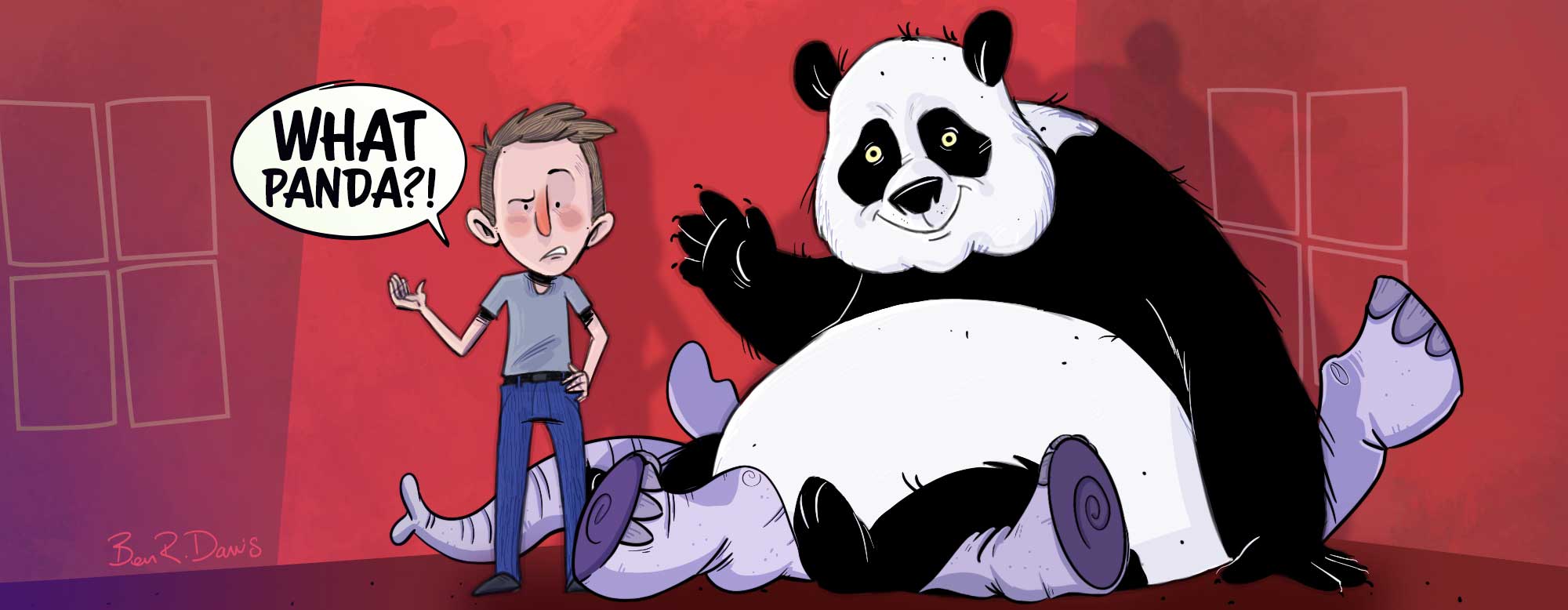As of May 2019 persons who suffer transgender dysphoria or gender identity issues will no longer be referred to by medical practitioners worldwide as persons with a mental or behavioural disorder.
The International Health Classification for ‘Transgender persons’ has officially been rebranded by the World Health Organisation (WHO) in an attempt to remove the stigma and negativity that can follow with labelling someone as having a mental disorder.
According to WHO‘s recently updated International Classification of Diseases (ICD-11), “The ICD is the foundation for identifying health trends and statistics worldwide and contains around 55,000 unique codes for injuries, diseases and causes of death. It provides a common language that allows health professionals to share health information across the globe.”
One of the biggest amendments from ICD-10 to ICD-11 was the removal of transgender health issues from mental and behavioural disorders to its own chapter labelled “Sexual health”.
According to the BBC, ”In the previous version – ICD-10 – this was considered a gender identity disorder, in the chapter entitled mental and behavioural disorders and in the latest manual, called the ICD-11, gender incongruence is defined as a marked and persistent incongruence between a person’s experienced gender and assigned sex”.
Dr Lale Say, a reproductive health expert at the World Health Organization, stated: “It was taken out from mental health disorders because we had a better understanding that this was not actually a mental health condition, and leaving it there was causing stigma”.
The Human Rights Watch explains the significance of this change as diabolical, changing not only diagnosis but statistics, which inevitably affects the healthcare systems and their funding worldwide.
“Health providers around the world use two sets of guidelines to diagnose patients: the International Classification of Diseases (ICD), published by the WHO, and the Diagnostic and Statistical Manual (DSM), published by the American Psychiatric Association (APA).”
In response to the changes that WHO released Graeme Reid, lesbian, gay, bisexual, and transgender (LGBT) rights director at Human Rights Watch stated:
The WHO’s removal of ‘gender identity disorder’ from its diagnostic manual will have a liberating effect on transgender people worldwide. Governments around the world have used the previous classification as the basis for discriminatory policies that require diagnosis and sometimes other medical procedures before transgender people can be recognized before the law. Governments often require a “gender disorder” diagnosis as a precondition for changing transgender people’s names and gender markers on official documents, imperilling basic rights like work, education, and travel.
Removing transgender dysphoria from behavioural and mental disorders only prevents individuals who may be suffering it from receiving proper treatment and overall care.
The World Health Organisation will have a lot to answer for when all of this acceptance and tolerance wears off and they are left with severely damaged and confused patients across the globe. Changing the international classification of gender dysphoria might make the LGBT community happy for now, but that happiness, like always will have an expiry date.



















